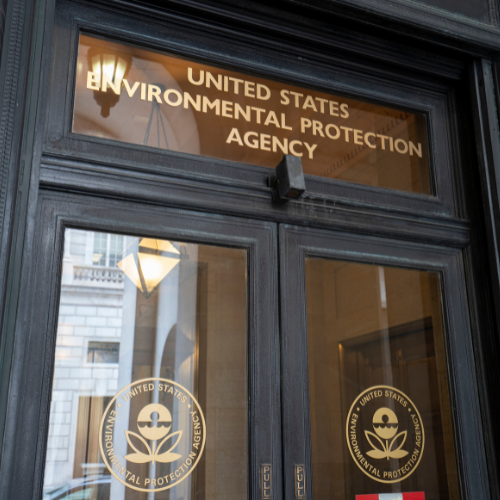The media has widely covered the dangerous work of tearing apart old ships. In particular, it is a major scandal in certain countries where the work is often done by untrained and unprotected workers, exposing them to asbestos and other dangerous materials.
It is a timely topic for us to take a look at during 2017 Global Asbestos Awareness Week.
Ship breaking and its Asbestos Danger
The U.S. Occupational Safety and Health Administration, known as OSHA, the federal agency that enforces workplace safety laws, has published a Safety Fact Sheet about the dangers of ship breaking.
OSHA defines the trade as the “process of dismantling an obsolete vessel’s structure for scrapping or disposal … at a pier, drydock or dismantling slip …” Exposure to asbestos is a hazard for ship breakers because the mineral may be contained in these materials used in large vessels:
- Hanger liners
- Lagging and insulation on hulls and pipes
- Sealant under insulation
- Gaskets
- Cloth over insulation
- Valve packing
- Adhesives
In the U.S., federal work safety standards help to protect ship breakers from asbestos and other hazards of the job. However, lack of proper training and of personal protective equipment or PPE could expose a shipbreaker to asbestos.
Shipbreaking Internationally
According to the International Labour Organization or ILO, 90 percent of ship breaking occurs in only 5 countries:
- Turkey
- Bangladesh
- Pakistan
- China
- India
There are about 500 to 700 large ships scrapped annually after an average life of around 20 to 25 years, but many more if vessels of other sizes are counted. The ILO states that one average ship has up to 7 metric tons of asbestos within it.
The ILO reports that the shipbreaking workers internationally are generally exposed to very dangerous conditions without training or protective equipment. Most of these shipyards have no safety practices or hazardous waste management. In fact, ships are often just dissembled after having been pulled up on beaches, a practice called “beaching.”
The danger of asbestos from breaking apart a ship extends beyond even just those who work on the project. In these countries, asbestos and other dangerous materials are also released into the surrounding natural environment. Asbestos may be spread into the community through the sale of scrap material and to workers’ families when the workers bring home asbestos dust on their clothing and bodies.














